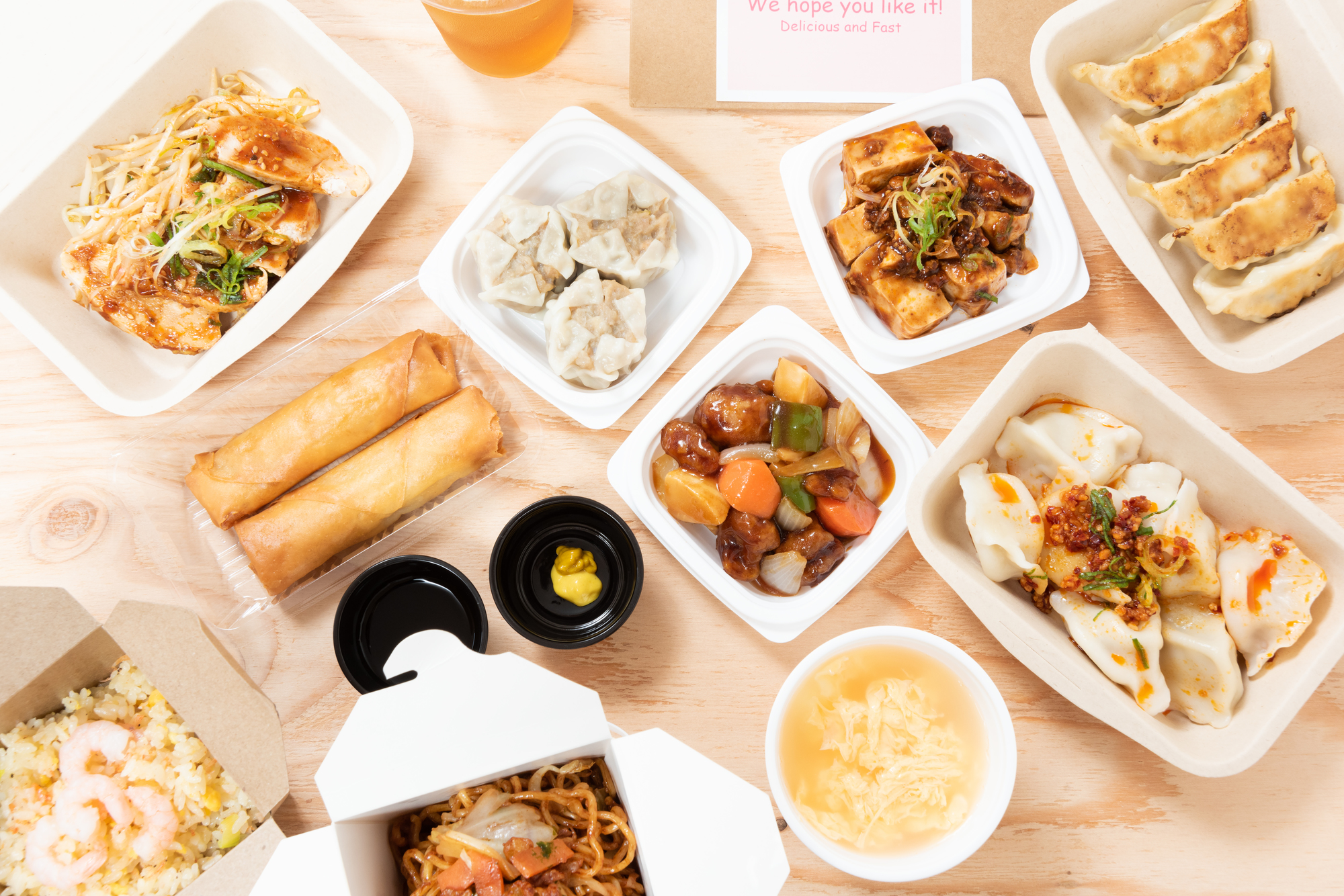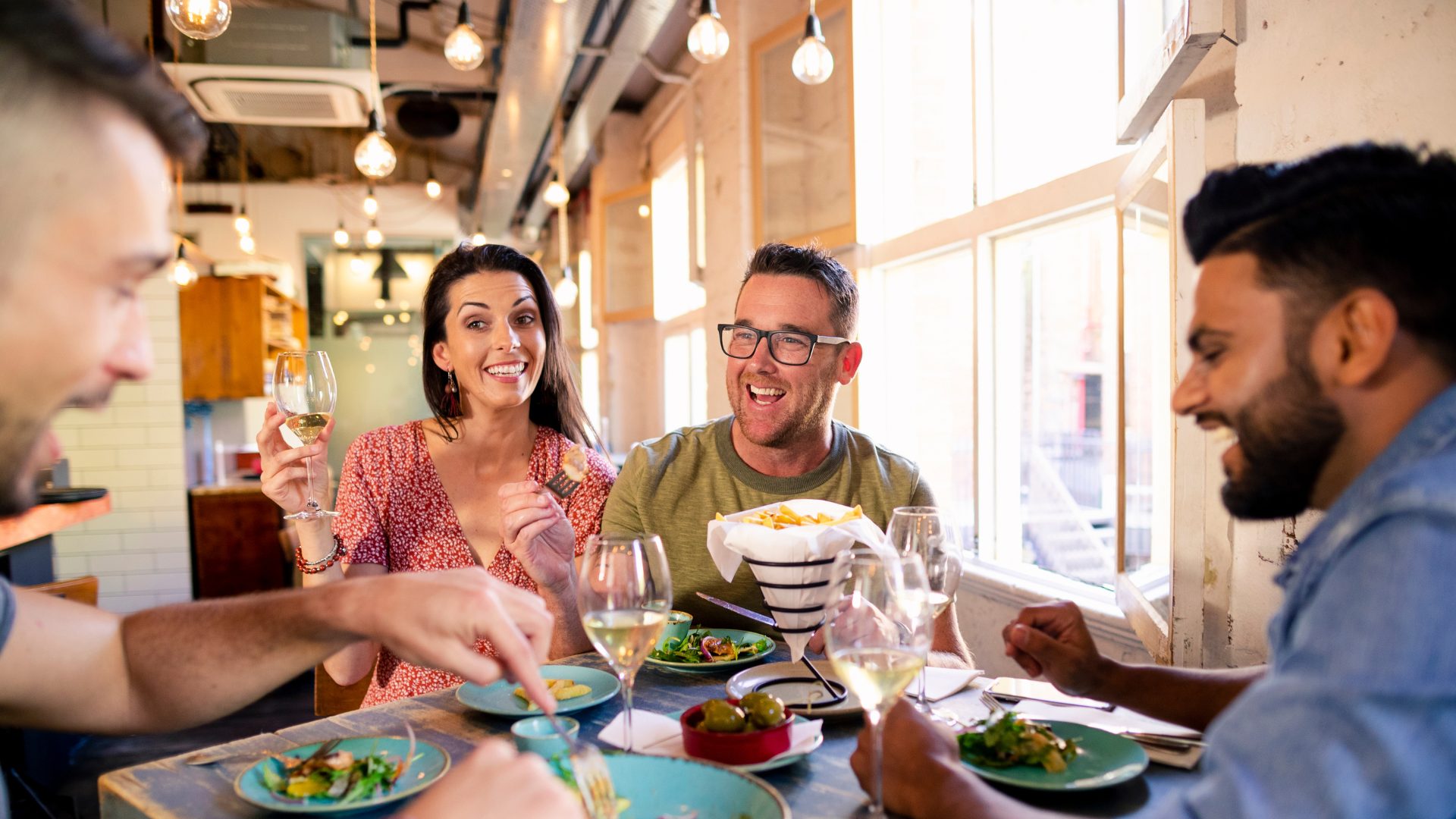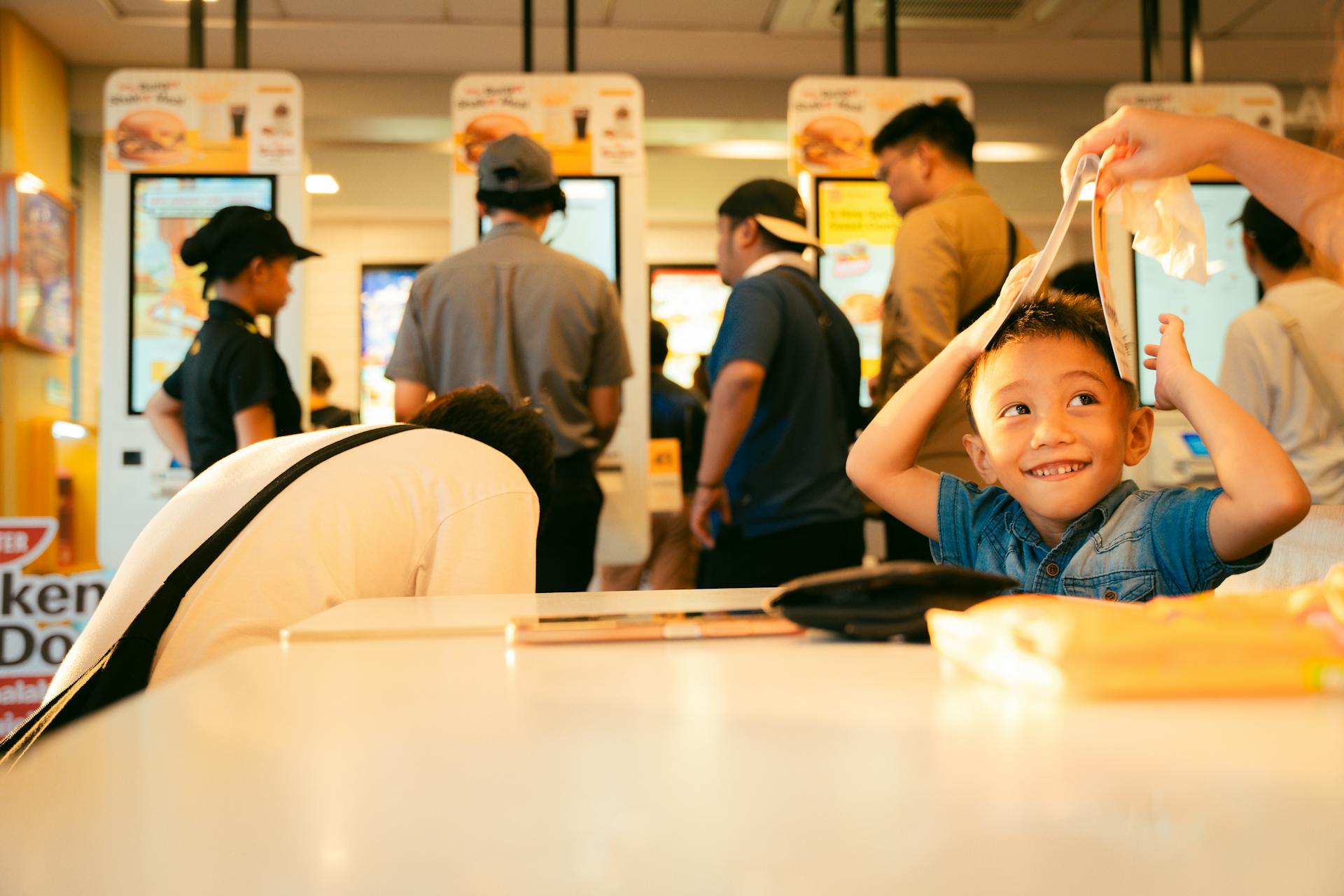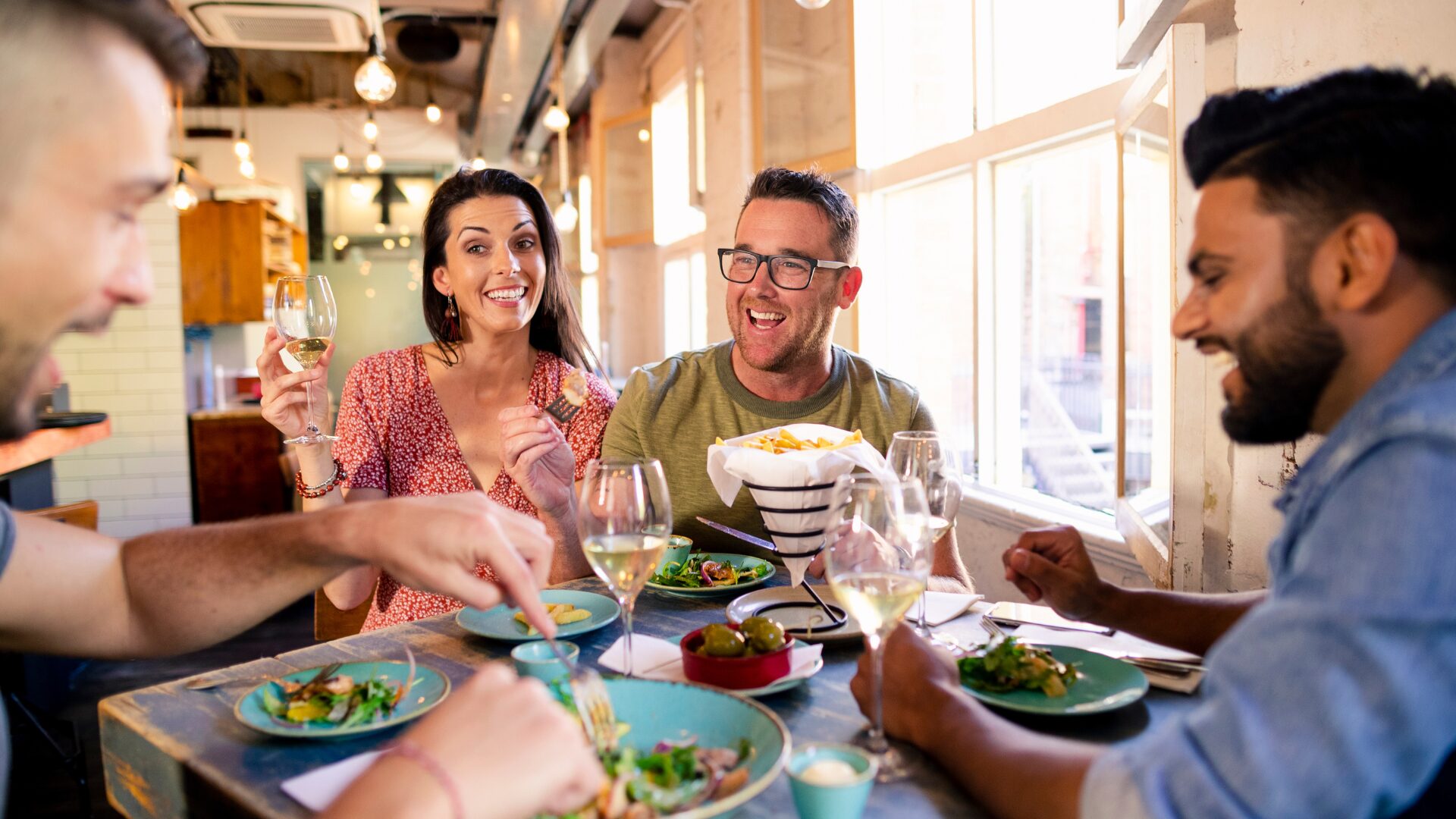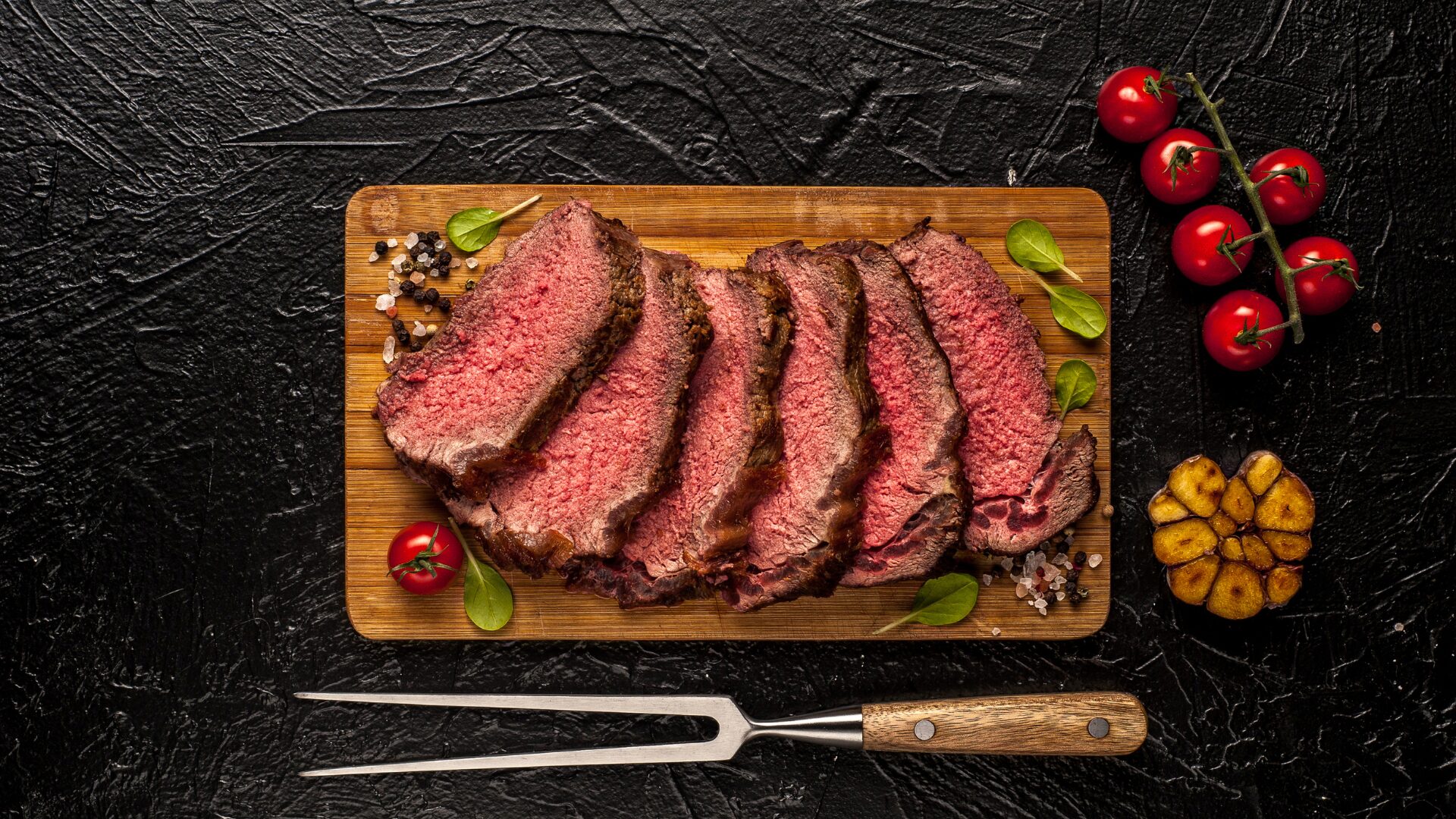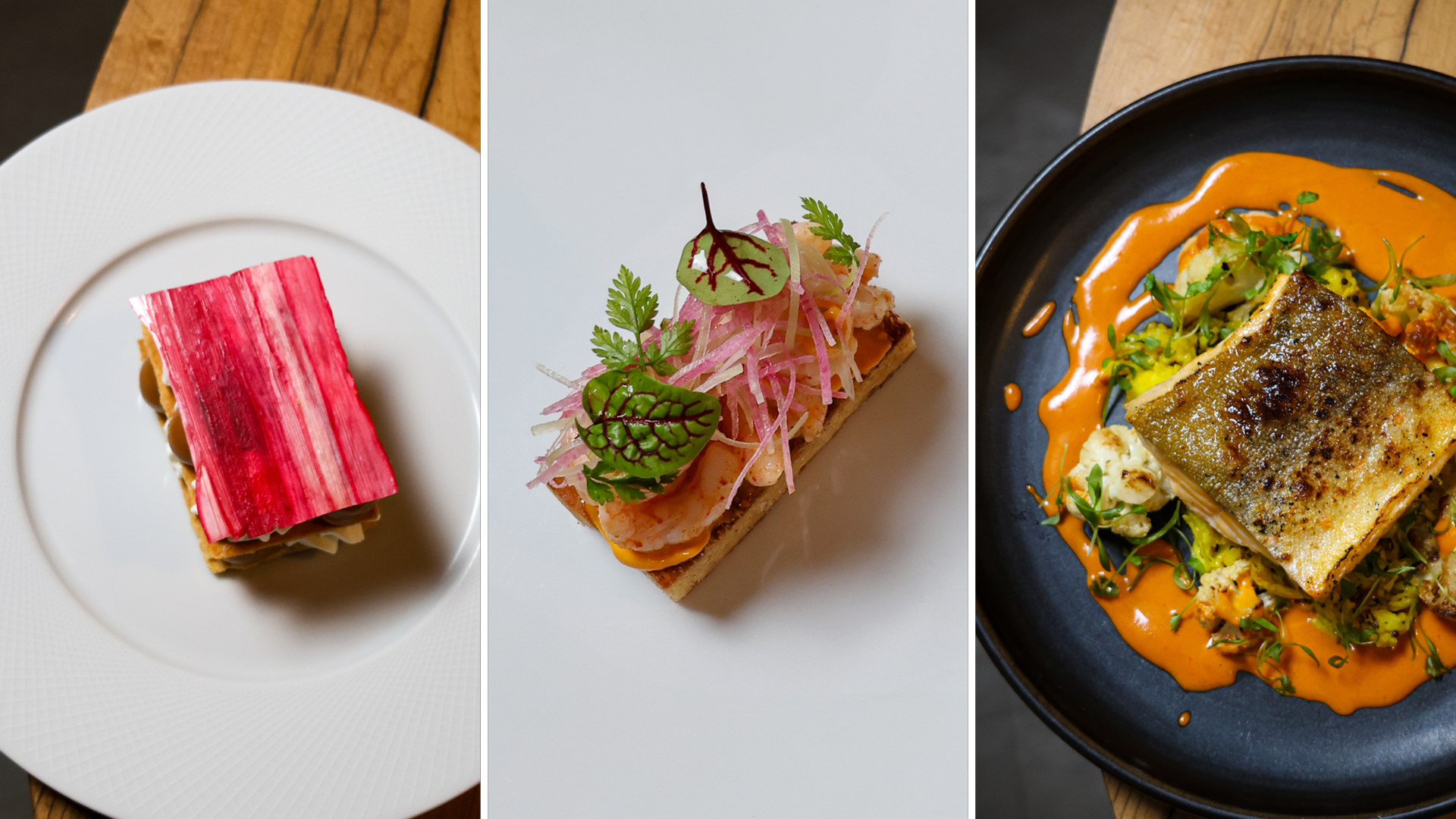During the coronavirus pandemic, drive-thrus have become a crucial element for restaurants.
In March, drive-thrus generated $8.3 billion across the fast food industry, an increase from $8 billion in sales over the same period in 2019, according to data from the NPD Group.
At many chains, including McDonald’s, drive-thrus accounted for around 70% of revenue before the pandemic, reported The New York Times (May 1). During the crisis, sales have held steady for the most part.
Fast Food Focuses on Drive-Thrus
Despite some U.S. states allowing restaurants to reopen dining rooms, McDonald’s and other fast food restaurants are not in a rush to do so, reported Bloomberg (May 18). For many restaurants, it is not worth the extra cost and effort required to prevent the spread of coronavirus that would be necessary to open dining rooms.
Drive-thrus are more profitable for restaurants, relieving some of the pressure to reopen too quickly. In fact, for chains like Jack in the Box Inc. and Raising Cane’s Chicken Fingers sales are up compared with pre-crisis levels.
“We’re doing plenty of drive-thrus-it’s our safest way to keep our customers and team safe,” said Raising Cane’s CEO Todd Graves. Although the chain can open dining rooms in Georgia and Texas, Raising Canes is opting to keep them closed.
For Jack in the Box, which usually does about 70% of its business via drive-thru, opening dining rooms would be a “less efficient transaction,” according to CEO Lenny Comma. “There’s a lot of efficiency right now through the drive-thru,” he said.
Meanwhile, Chipotle recently opened a few more of its drive-thru locations, which were first announced in 2019. Unlike the typical drive-thru model, Chipotlanes require customers to order ahead from the website or app. Customers place their order and receive a time to drive up and retrieve their meals, reported The Denver Post (May 8).
The Demise of Larger Dining Rooms?
Despite a surge in popularity, just 20% of American restaurant operators currently have drive-thrus, reported CNBC.
Even prior to the pandemic, chains with large dining rooms such as Ruby Tuesday and TGI Fridays had been struggling, shuttering locations as consumers opted for faster options such as Chipotle. Without drive-thrus, these types of restaurants may struggle.
“We’ll see some large dining chains go under,” said Aaron Allen, a restaurant consultant. “It’ll finally be the death knell for them.”
Over the next few years, more dine-in chains may begin experimenting with the drive-thru format, according to industry experts.
Emerging Trends Due to Coronavirus
With the convenience and safety that drive-thrus provide, other food segments are exploring the use of a drive-thru model due to coronavirus.
In Oregon, Old Town Brewing is hosting a Brewers Market, a weekly assembly of booths offering various breweries’ beers to-go in a drive-thru meets farmers-market setting, reported Oregon Live (May 14). Customers stay in their cars and drive past booths set up in the parking lot, and they can speak from their car with brewers and other brewery representatives. They then place an order by phone and wait in a separate designated parking lot for delivery.
Meanwhile, the first drive-thru food pantry opened in San Francisco, reported Fox News (May 20). Cars drive up, open their trunk, and a volunteer loads two boxes of food inside.
The San Francisco-Marin Food Bank, which opened the drive-thru location, will continue to provide supplies to members of the community through June 5.
Additionally, car-accessible fair food events are already ramping up to be the hit of the coronavirus-impacted summer, reported Food & Wine (May 12). The Syracuse region now has two drive-thru fair food festivals, while on the west coast, the Big Fresno Fair brought the same concept to California every weekend in May. If the events prove to be as popular as they apparently been, expect this to be the summer of drive-thru fairs.


